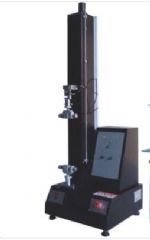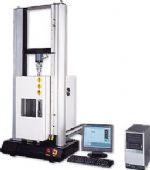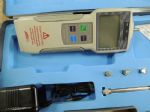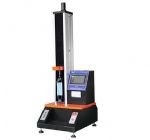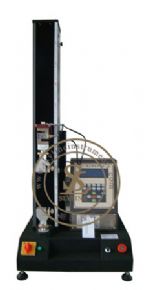- Product Catagory
- Tensile Strength Testing Machine
- Cables Flammability Testing Equipment
- Building Materials Flammability Testing Equipment
- Luggage Test Machine
- Textile Testing Equipment
- Color Fastness Instruments
- Textile Physical Test Instruments
- Lab Dyeing Instruments
- Flammability Test Chamber for Textile
- Consumables for Textile Testing
- Toys Safety Testing Equipment
- Physical & Mechanical Testing
- Flammability Testing
- Clamps for Toy Testing
- EN71-8,ISO8124-4
- Furniture Testing Machine
- Chair Testing Machine
- Mattress Testing Machine
- Furniture Testing Equipment
- Tables Test Machines
- Enviromental Chamber
- Leather and Footwear Testing Instruments
- Mobile Phone Testing Equipment
- Contact us
- Tel:86-769-23830463,86-13751491529
- Fax:86-769-38818154
- Contact:Ivy Xie
 [email protected]
[email protected] - Msn
 [email protected]
[email protected] Whatsapp +8613751491529
Whatsapp +8613751491529- Skype
 skylineinstruments
skylineinstruments happy_go_lucky4477
happy_go_lucky4477
- Site:Home > Tensile Strength Testing Machine > SL-T803 Single Column Microcomputer Tensile Test Machine
- Product Images
- detailed description
Single Column Microcomputer Tensile Tester
Product information
It is widely used in wire and cable, hardware, electronic and electrical equipment, packaging, printing, medical equipment, auto parts, textiles and leather, clothing, shoes, rubber and plastic products, colleges and universities; research laboratories; inspection arbitration, technical supervision departments and many other industries, it is the basic equipment for quality management and physical tested
Technical parameters
Desktop Microcomputer Tensile TesterCapacity (optional) 5kg, 10kg, 20kg, 25kg, 50kg, 100kg, 200kg Unit (Switchable) G, KG, N, LB Load Resolution 1/100,000 Load Accuracy < ± 0.5% Stroke (exclude the grips) 600~800mm or Customized Stroke Resolution 0.5 mm Sample Rate 16 times/sec Test speed 50~300 mm/min selectable Weight (exclude the grips) 75 Kg Display LCD ( linkable to PC ) Motor AC motor with variable freq. drive Dimension(W×D×H)-Main Unit 500×440×1500mm Power 1ø 220V/ 3A Accessories Tensile grips 1 set
Design Standards: ASTM D903; CNS-11888; JIS-K6854; PSTC-7
Characteristics
1. Adopting windows platform, and all the parameter settings can be processed in the dialog box, and it operates easily;
2. Using a single-screen operation; do not need to switch the screen;
3. With three languages in Simplified Chinese, Traditional Chinese and English, the software interface can be switched easily;
4. The pattern of Test reports can be self-designated; test data can be displayed directly in the main screen;
5. Choosing translational, comparative mode at the same time to make a number of curve data comparison;
6. With a variety of measurement units, Measure In Imperial & Metric are switchable;
7. With self-return & auto-correction function;
8. With automatic magnification function, in order to achieve the most appropriate size of the graphics;
9. With the user-defined Test methods; with experimental data analysis function;
10. High quality, accurate and reliable models with reasonable price.
Which machine is used for tensile test?
universal testing machine
A tensile tester, also known as a pull tester or universal testing machine (UTM), is an electromechanical test system that applies a tensile (pull) force to a material to determine the tensile strength and deformation behavior until break.
What are the working principle of tensile testing machine?
construction, sample preparation, and how to use it for tensile and compression testing. It works on the principle of elongation and deformation. These machines usually use a hydraulic cylinder to create the force. The applied force is determined by system pressure which can be accurately measured
How many types of tensile tests are there?
Types of Tensile Testing
Adhesion/Bond Strength. Crimp Joint Pull-off Force. Peel. Tear Resistance.

- Related ProductsMore>>





